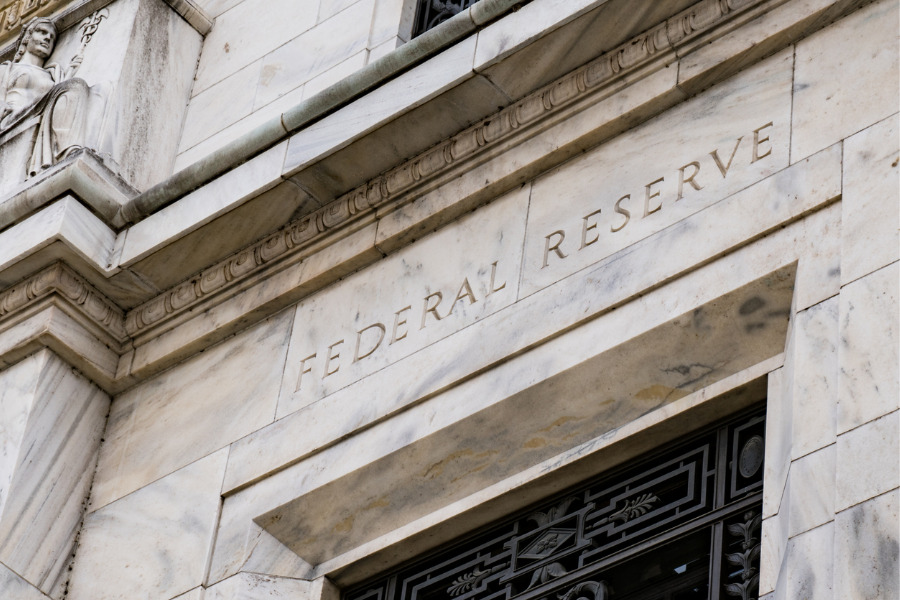

Federal Reserve officials noted a slowdown in the US economy and diminishing price pressures during their June 11-12 meeting, yet decided to maintain a cautious stance regarding interest rate cuts, as revealed in the meeting minutes released Wednesday.
The minutes highlighted several factors, including a weak May CPI reading, which suggested that inflation was easing. However, officials emphasized the need for additional data before making decisions on lowering the federal funds rate.
"They did not expect that it would be appropriate to lower the target range for the federal funds rate until additional information had emerged to give them greater confidence that inflation was moving sustainably toward" the 2 percent target, the minutes stated.
Despite observing signs of slower economic growth and reduced price pressures, Fed officials deemed that a rate cut was not yet justified. "The vast majority of participants assessed that growth in economic activity appeared to be gradually cooling, and most participants remarked that they viewed the current policy stance as restrictive," which is likely to further reduce economic activity and inflation, the minutes indicated.
In their decision to keep the policy rate within the 5.25 percent to 5.50 percent range, officials noted the slower-than-expected progress in reducing inflation this year compared to their December projections. While some participants emphasized patience before cutting rates, "several" others pointed to the potential need for further rate increases if inflation spikes again.
The minutes also noted that the CPI data released on June 12 showed no increase on a month-to-month basis in May, a positive sign that emerged late in the Fed's policy discussions. However, some market analysts were surprised this favorable data was not reflected in the Fed's forecasts from the June meeting.
Speaking at a European Central Bank conference in Portugal on Tuesday, Federal Reserve Chair Jerome Powelle reiterated the bank’s cautious approach to monetary policy, Reuters reported.
"We just want to understand that the levels that we're seeing are a true reading on what is actually happening with underlying inflation," Powell said, adding that "we want to be more confident that inflation is moving sustainably down toward 2 percent ... before we start ... loosening policy."
Policymakers also delayed the anticipated start of rate cuts, with new projections showing Fed officials at the median expect only one quarter-percentage-point cut this year, compared to the three cuts expected as of the March 19-20 meeting.
Upcoming economic data, including the June employment report on Friday, the CPI for June on July 11, and an initial estimate of second-quarter economic growth on July 25, will provide further insights for policymakers as they assess the trajectory of the economy and inflation.

The move to charge data aggregators fees totaling hundreds of millions of dollars threatens to upend business models across the industry.

The latest snapshot report reveals large firms overwhelmingly account for branches and registrants as trend of net exits from FINRA continues.

Siding with the primary contact in a marriage might make sense at first, but having both parties' interests at heart could open a better way forward.

With more than $13 billion in assets, American Portfolios Advisors closed last October.

Robert D. Kendall brings decades of experience, including roles at DWS Americas and a former investment unit within Morgan Stanley, as he steps into a global leadership position.
Orion's Tom Wilson on delivering coordinated, high-touch service in a world where returns alone no longer set you apart.
Barely a decade old, registered index-linked annuities have quickly surged in popularity, thanks to their unique blend of protection and growth potential—an appealing option for investors looking to chart a steadier course through today's choppy market waters, says Myles Lambert, Brighthouse Financial.
